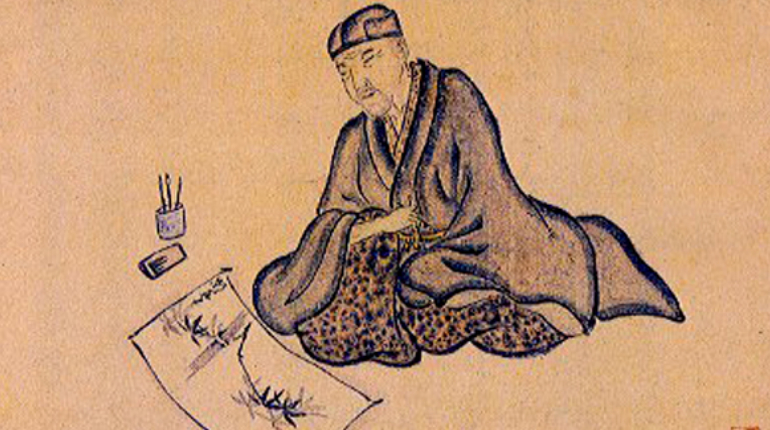
Haiku, well known Japanese poetry form and is popular in the western part. It is a great literature study. Haiku poetry study gives the students a glimpse into the Japanese culture. Over the years Haiku Poems/Best Haiku Poetry has earned respect among literature experts. The poetry was called Hokku before and was later changed to Haiku by Masaoka Shiki towards the end of 19th century. The name is the abbreviation of Haikai no ku which means verse of haikai. This form of poetry is written in a single vertical line but a handwritten format can be in many lines. The haiku comes in three lines which is equal to three parts in Japanese. The first and the last will have five syllables, while the second will have seven.
History of Haiku Poem
There are respected few haiku poets like Basho, Issa, Busson and Shiki. The famous ones are Basho. The credit goes to him for making the poem popular. Basho is from the city Ueno born in the year 1644. Before Basho brought a new dimension to haiku poem the 17 syllables were in use, it did not have the depth and simplicity of the format introduced by him. The family born to a lower rank samurai are called the Todo, Basho befriended Yoshitada the Todo family descendant. They together mastered linked verses under the aegis of Teitoku. Unfortunately Yoshitada passed away a young (25 years) forcing Basho to escape to from Kyoto. He learned Japanese and Chinese classics.
After his return to his hometown in 1671, he presented his work, a compilation of many authors that which was evaluated and edited by him. This anthology became popular and his respect rose among the community. He left to Tokyo (Edo) and between jobs he became a renowned poet. He was later invited by Soen to study who was a modern poet. Soen helped Basho to value the images in daily life and turn it into poetry.
In the year 1676, he composed for the first publication. The poem appeared in anthologies for four years. The poet was not happy with the writing, so he later resigned to spiritual writings. During this period he studied Zen meditation, but with part of him in this world and part in the other, lead him nowhere. After the 1682 fire accident that destroyed his home, the poet started to regain his style.
It was in the year 1684 he started to tour Japan and his travel became classical literature. The experience was written in part prose and part poetry also known as haibun. During this time his work anthologies was also famous and popular. He continued to travel till 1692 and then settled down in isolation. His poems reflected his detachment to life. He poems from his death bed suggested his poor health. He composed the poems as a dictation to his disciples. In the year 1694, Basho breathed his last. His works were timeless and even today are revered for its mastery.
The poem represents the mature style of the writer. It may be a description of a frog’s action but when read between lines it shows the author’s thoughts. According to Basho, poetry becomes one with you when you go deeper to discover the hidden glimmer. He says that despite the well chosen words, if it is not naturally inclined from within, the poetry remains mere words without any feeling.
Haiku Writing Tips
It is a combination of three parts based on lines and syllables. The first and the last come have 5 syllables and the second is in seven. But do not be restricted by syllables number as you may stand to lose the poetry’s essence. The 17 syllable is not the final rule. These syllables being small are known as PO TA TO. The English syllables which are usually long, also takes much space in comparison with Japanese. The English Haiku therefore uses fewer syllables and it may take 10 at times. Haiku is free of similes, full of simple imagery, eloquence, adverbs and adjectives. Use of words in groups are the best ones to represent the appeal of your senses.


